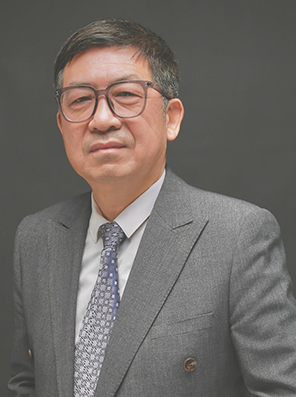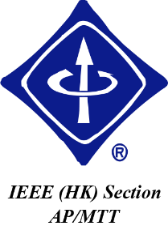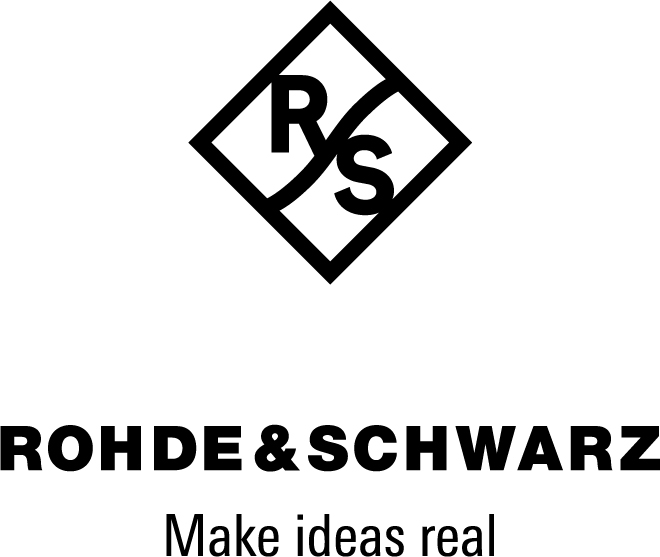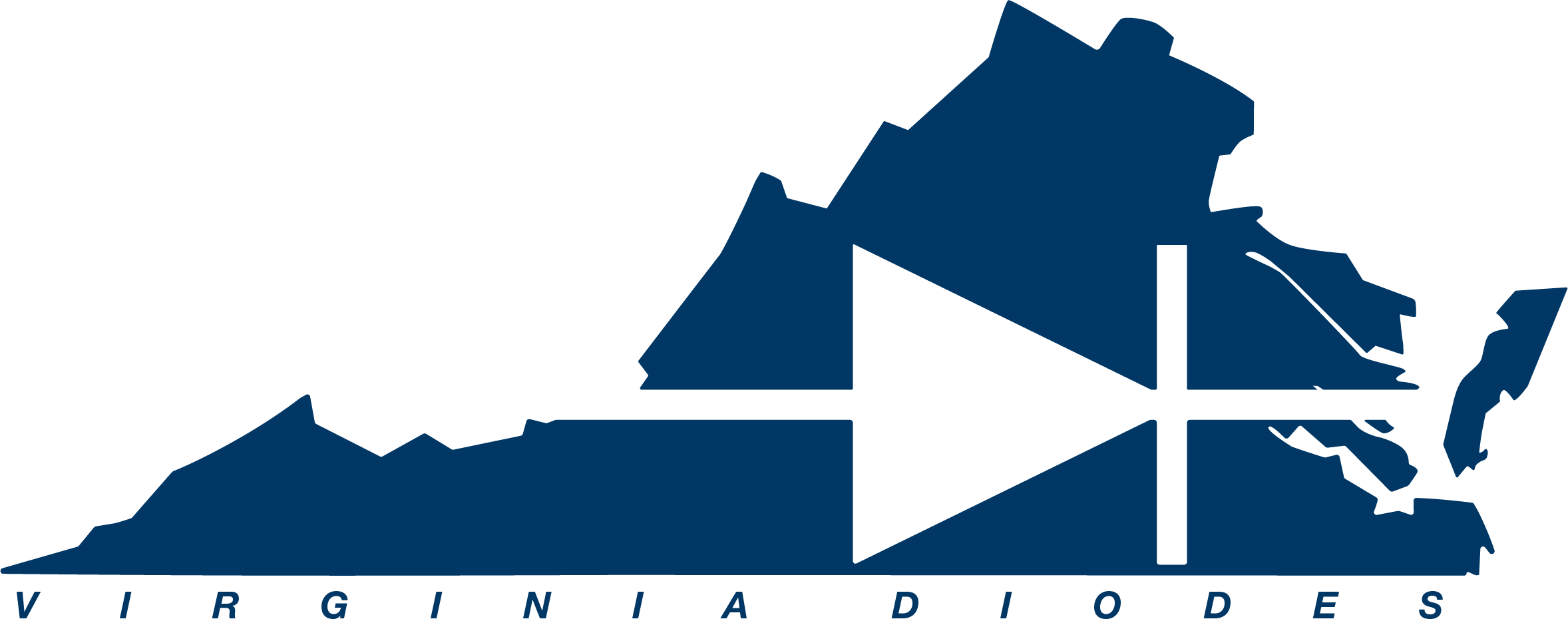|
Title
Research on Free Electron Radiation Sources at Terahertz Wave Band
Abstract
Vacuum electron devices can generate or amplify electromagnetic waves by converting the kinetic energy of free electrons into electromagnetic radiation. As vacuum electron devices advance toward terahertz (THz) frequencies, their shrinking dimensions due to shorter operation wavelengths lead to reduced electron beam channels and significant power attenuation, posing critical challenges for THz radiation source development. To address this, our research employs three approaches: 1) conventional vacuum electronic devices with advanced fabrication technology, 2) beam-plasma radiation sources, and 3) plasmonic on-chip THz radiation sources.
We enhance conventional vacuum electron devices by optimizing their physical mechanisms through micro/nano-structure design and high-precision microfabrication. By analyzing the radiation characteristics of free electrons traveling through the micro/nano periodic structures, radiation intensity and coherence can be improved while enabling large-cavity operation. This approach can suppress mode competition, enhance coupling impedance, and achieve effective multi-beam power synthesis in big size cavities.
The interaction among relativistic electron beams, plasmas, and electromagnetic waves offers another promising pathway for developing the next-generation high-power THz radiation sources. The plasma-filled devices enable magnetic-field-free transport of high-current-density electron beams via space-charge neutralization. Such a system provides effective power conversion while maintaining device miniaturization. Specifically, our systematic investigations have uncovered several THz generation mechanisms in beam-plasma systems with different configurations, including the ion-focus Cherenkov radiation and the radiation based on beam-plasma instabilities.
In addition, we explore THz plasmon wave excitation mechanisms, developing integrated on-chip plasmonic radiation sources. A DC-driven THz metasurface using two-dimensional electron gas as a free electron system is proposed. Theoretically, we establish a surface plasmon amplification theory to reveal the novel amplification mechanism in semiconductor heterostructures. Experimentally, we fabricate AlGaN/GaN HEMTs with periodic structures, and validate plasmon wave excitation and amplification effects. High power output at THz wave band has been achieved at room-temperature.
In summary, vacuum electron devices will continue to play significant roles in the future terahertz applications. New fabrication techniques have injected new vitality into the development of traditional vacuum electron devices at the terahertz wave band. In particular, the generalized free electron plasma wave devices have also provided new impetus for the development of micro-electron devices, further promoting the integration and on-chip development of vacuum electron devices.
Biography
Prof. Yubin Gong is currently a full and chair professor at the University of Electronic Science and Technology of China (UESTC), where he became a faculty member in 1991. He received his Bachelor's degree in Applied Optics from Changchun University of Science and Technology in 1989, Master's degree and Ph.D. in Physical Electronics from UESTC in 1992 and 1998 respectively. He was a research assistant at the City University of Hong Kong from 1997 to 1998.
With a long-term dedication to scientific research and teaching in the fundamental theories, key technologies and applications of vacuum electronic devices, Prof. Gong's research mainly focus on broadband high-power traveling-wave tubes (TWTs), novel slow-wave structure millimeter-wave and terahertz TWTs, novel radiation mechanisms and principles of terahertz vacuum electron devices, as well as application of vacuum electron devices in life science. He has published over 400 academic papers in important journals and conferences, delivered keynote talks at numerous academic conferences, and hold more than thirty patents. Over the past decade, he has trained more than eighty master and doctoral students.
|









